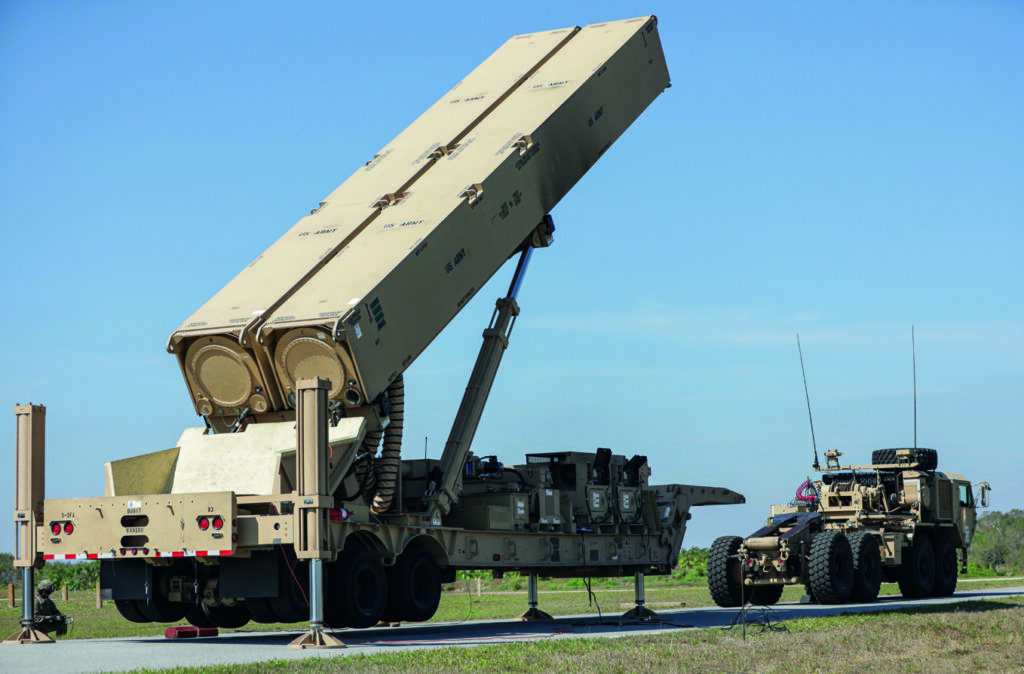After talks in the run-up to the NATO summit from July 9th to 11th, 2024 in Washington, DC, Germany and the USA have agreed to station conventionally armed US long-range missiles on German territory.
A joint statement from the two countries on July 10 said:
“The United States of America will temporarily station long-range weapon systems from its Multi-Domain Task Force in Germany, starting in 2026, as part of the planning for their future permanent stationing.
These conventional units, when fully developed, will include SM-6s, Tomahawks and hypersonic weapons currently in development. These will have significantly greater range than the current land-based systems in Europe.
The exercise of these advanced capabilities demonstrates the United States’ commitment to NATO and its contribution to integrated European deterrence.”
Die Stationierung von US-Langstreckenraketen in Europa wurde durch den Austritt der Vereinigten Staaten aus dem Vertrag über nukleare Mittelstreckenwaffen (INF-Vertrag) am 2. August 2019 erleichtert, der mit der Nichteinhaltung durch Russland sowie der Tatsache begründet wurde, dass China nicht zu den Unterzeichnern gehört.
With the INF Treaty of 1987, the United States and the Soviet Union committed to destroy and permanently eliminate all of their nuclear and conventional ground-launched ballistic and cruise missiles with a range of 500-5,500 km. By the deadline for implementing the treaty on June 1, 1991, both countries had destroyed a total of 2,692 short- and medium-range missiles, including 72 Pershing-1a and 108 Pershing-II ballistic missiles and 48 cruise missiles stationed in what was then West Germany .
Of the missiles mentioned in the joint statement that are now to be deployed in Germany, the SM-6 is primarily a surface-to-air/anti-ballistic missile, but is also capable of attacking the ground.
In November 2020, the US Army selected both the SM-6 and Tomahawk cruise missiles – US Navy weapons – to integrate into its medium-range vehicle-launched capability.
The "hypersonic weapons" mentioned in the joint statement likely refer to the US Army's Long-Range Hypersonic Weapon (LRHW), which the US Army calls Dark Eagle (ES&Treported). The commissioning of this system was interrupted by delays in test flights. However, on June 28, 2024, the U.S. Department of Defense (DoD) announced that an end-to-end flight test of the system from the Pacific Missile Range Facility on Kauai in the Hawaiian Islands had recently been successfully completed.
Defense Minister Pistorius welcomed the announcement in an interview with Deutschlandfunk on July 11 and said: “We are talking about a very serious capability gap in Europe, which also results from NATO plans. […] At the same time, it also means for us Europeans and Germany above all that the mandate, since these long-range missiles only come to Germany on a rotational basis, is that we ourselves invest in the development and procurement of such stand-off weapons.” Pistorius also pointed out that this was already the case The need for this capability was recorded in the Federal Government's National Security Strategy, which was presented in June 2023. The document states: “The federal government will promote the development and introduction of future capabilities such as stand-off precision weapons.”
Editorial / pf / oh








